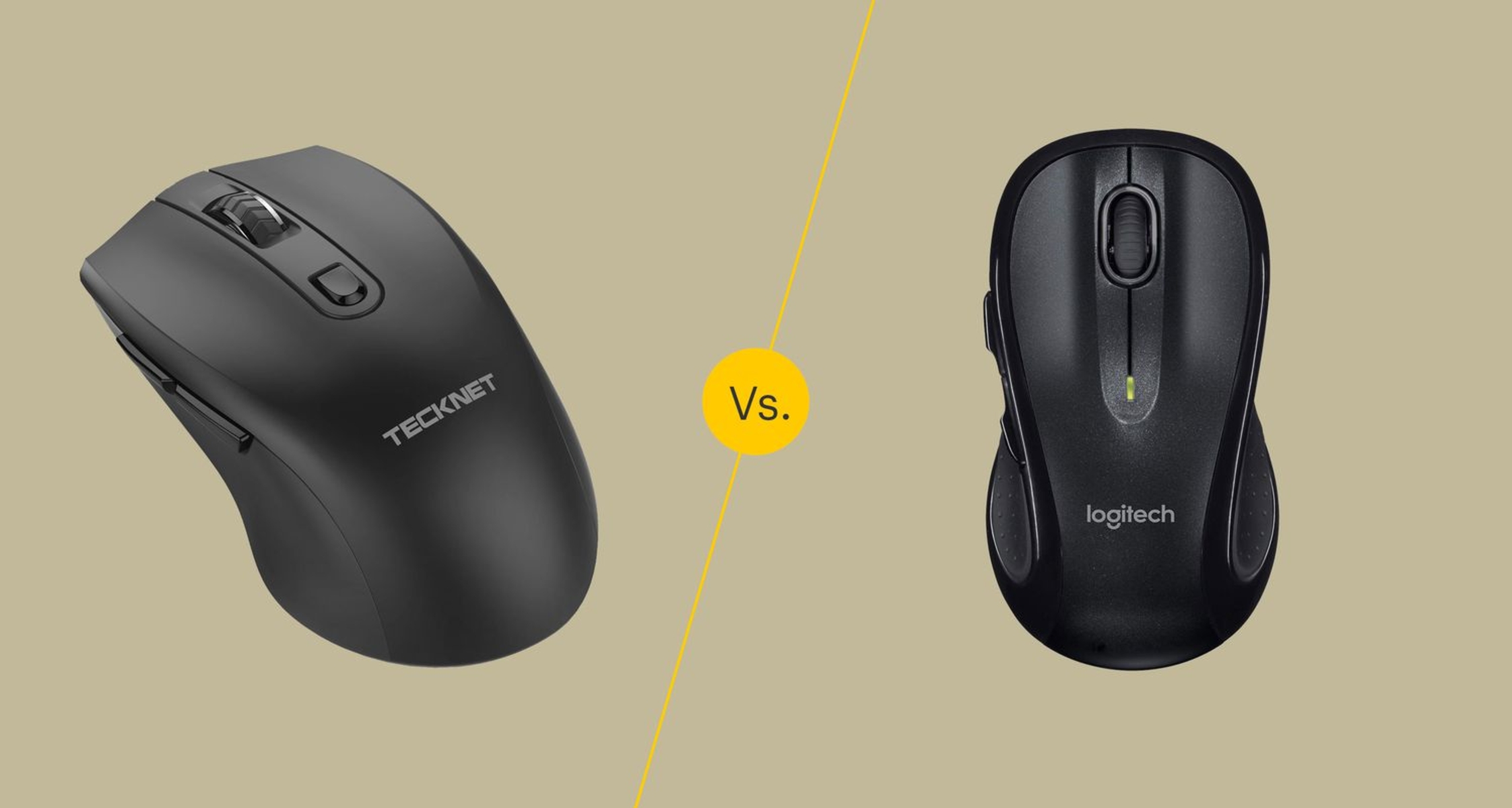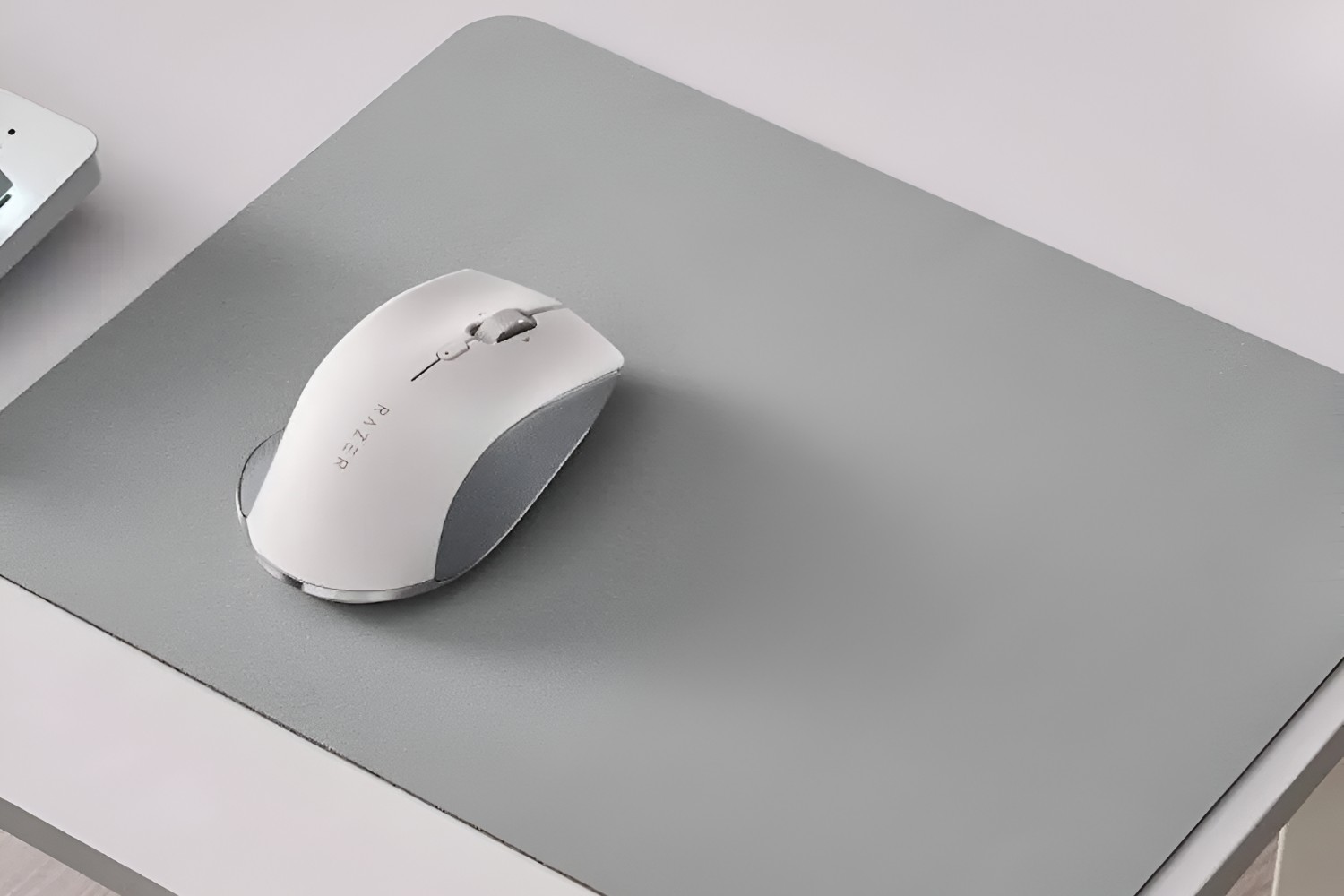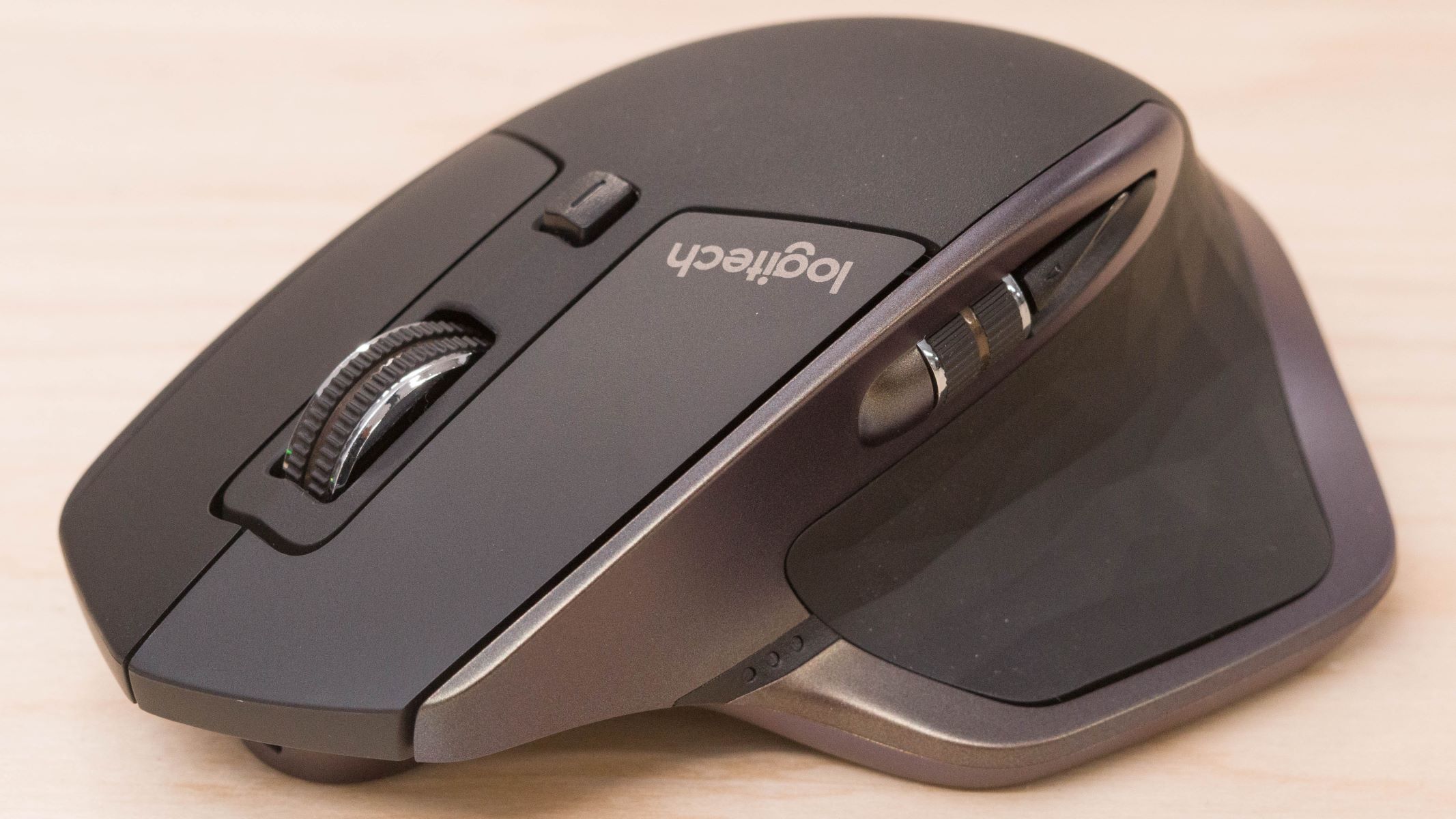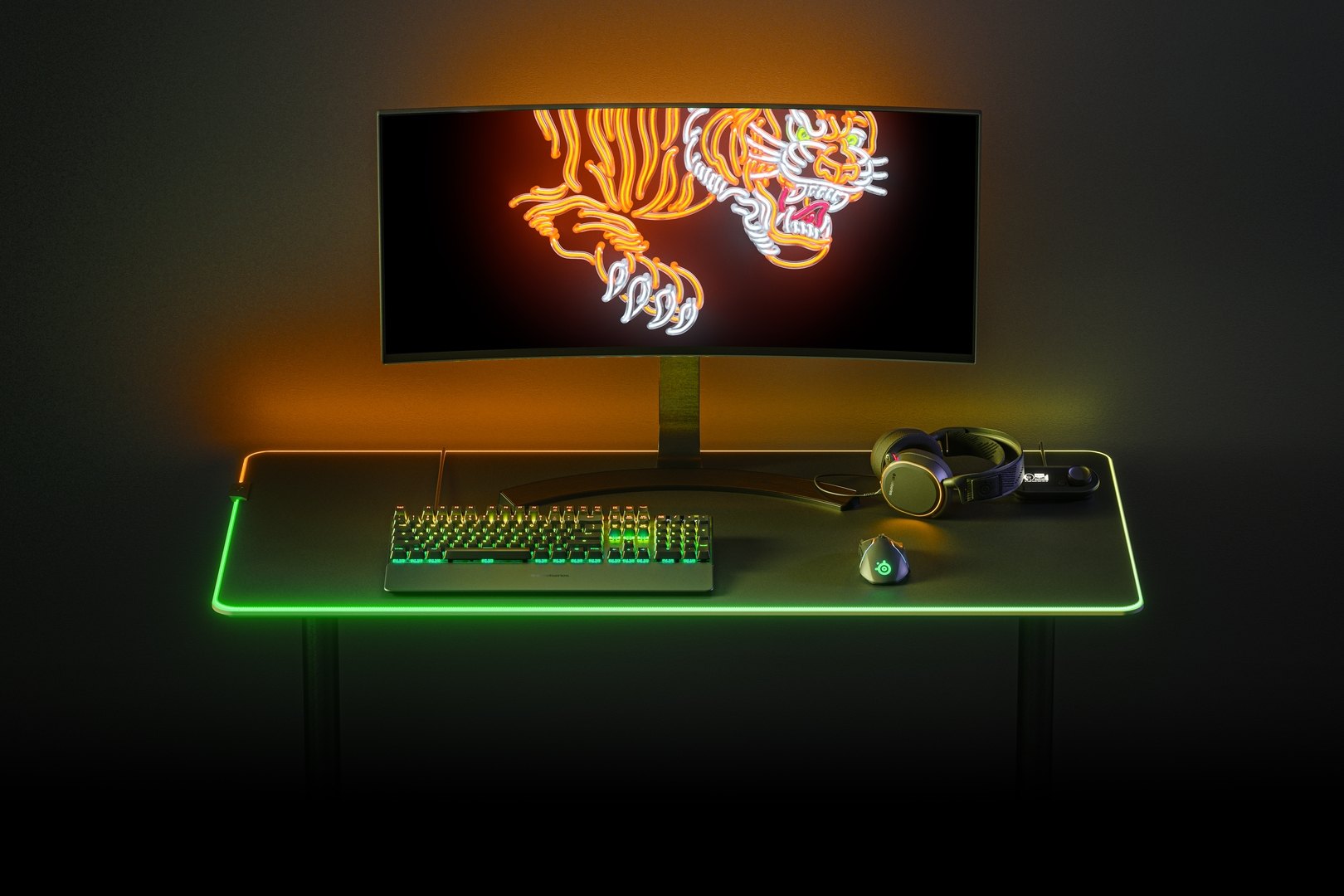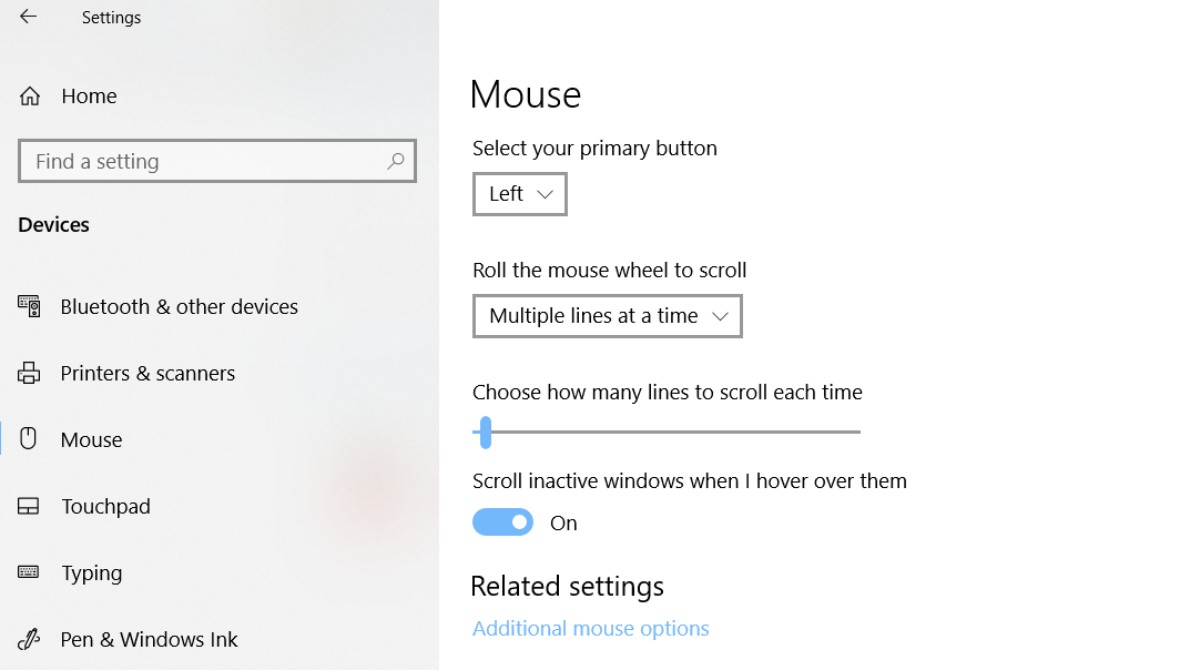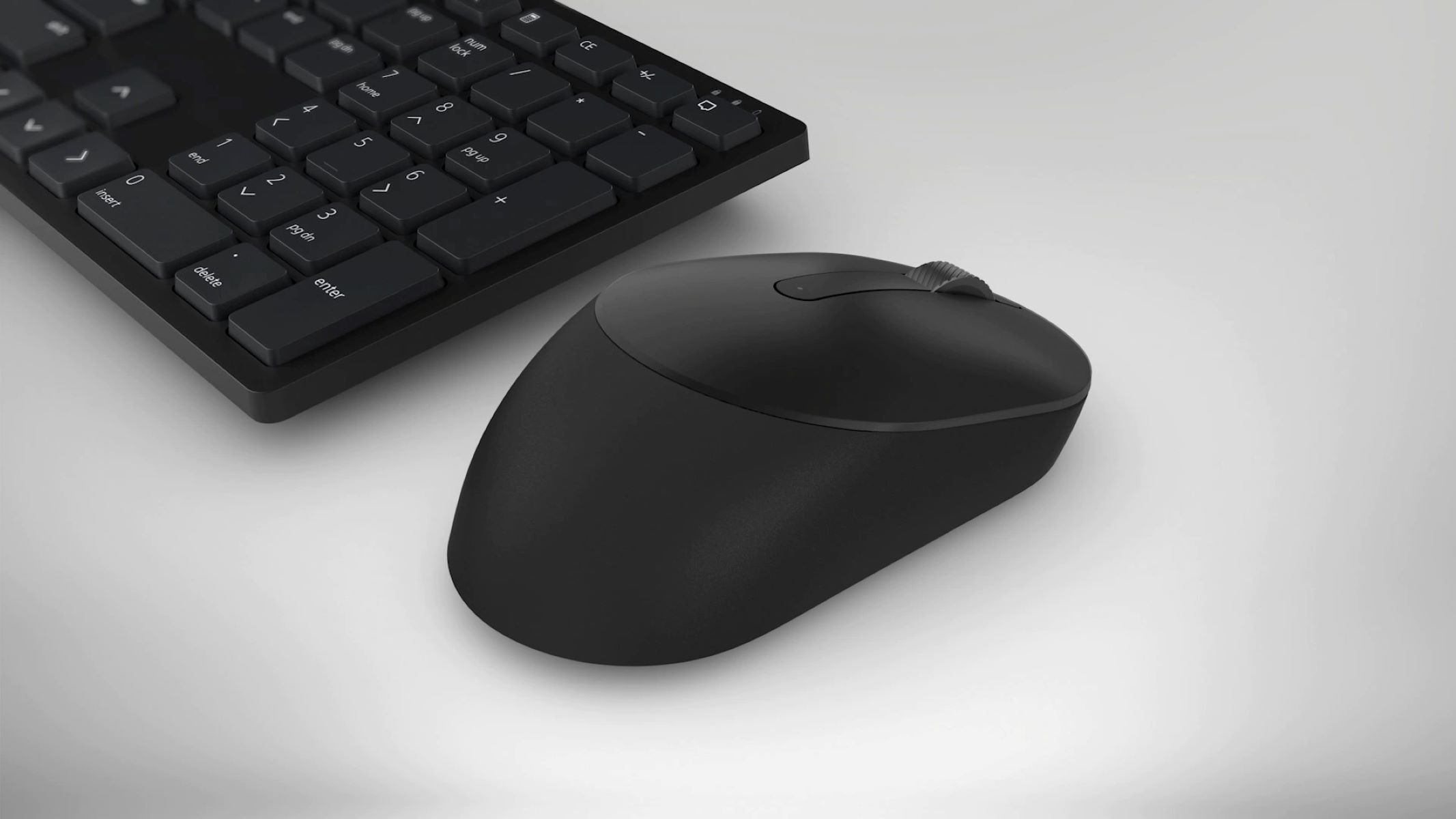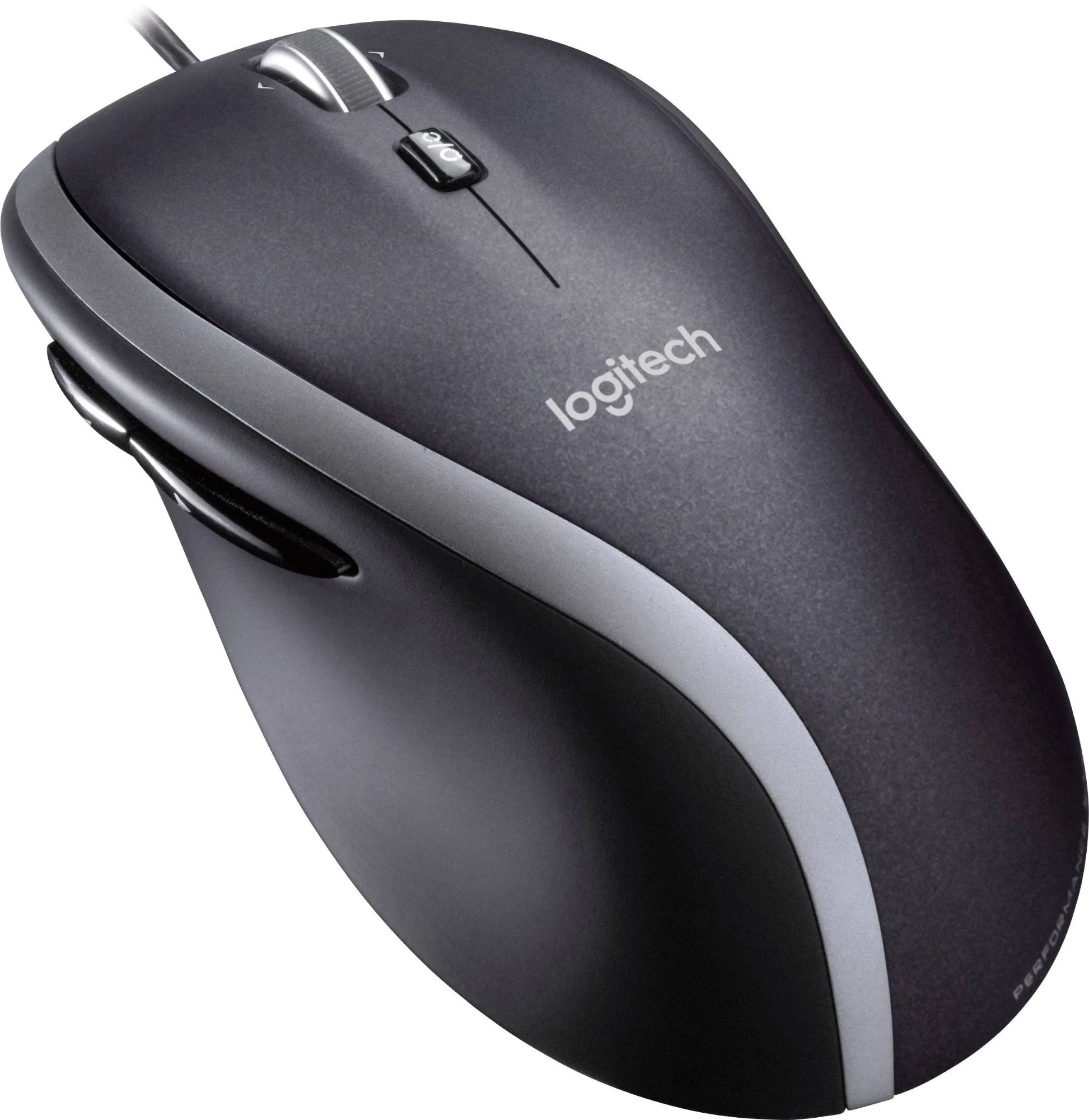Introduction
Introduction
Welcome to the world of gaming mice, where precision and speed are paramount. When it comes to selecting the right gaming mouse, the choice between optical and laser technology is often a point of contention. Both types of mice have their advantages and drawbacks, and understanding the differences between them is crucial for making an informed decision.
The debate over the superiority of optical versus laser gaming mice has been ongoing for years, with enthusiasts on both sides fervently defending their preferred technology. Optical and laser mice each have unique characteristics that cater to different gaming styles and preferences. By delving into the inner workings and benefits of each, you can gain a deeper understanding of which type of mouse best aligns with your gaming needs.
In this comprehensive guide, we will explore the intricacies of optical and laser gaming mice, shedding light on their mechanisms, advantages, and disadvantages. Whether you are a casual gamer or a seasoned pro, this exploration will equip you with the knowledge needed to make an informed decision when choosing between optical and laser gaming mice. Let's dive into the fascinating world of gaming mouse technology and unravel the mysteries behind these two popular options.
How Optical Mice Work
How Optical Mice Work
Optical mice utilize a tiny camera to track movement. The underside of the mouse houses an LED (light-emitting diode) that illuminates the surface below. As the mouse moves, the camera captures successive images of the surface, and the onboard processor analyzes the changes in these images to determine the direction and speed of movement. This information is then transmitted to the computer, allowing the cursor to replicate the mouse’s motion on the screen.
The key component in an optical mouse is the CMOS (complementary metal-oxide-semiconductor) sensor, which captures the images of the surface at a rapid rate, typically thousands of frames per second. This high-speed image capture enables precise tracking of even the slightest movements, making optical mice well-suited for tasks that demand accuracy, such as gaming and graphic design.
One of the primary advantages of optical mice is their compatibility with a wide range of surfaces. Unlike traditional ball mice, which require a mouse pad or smooth surface for optimal performance, optical mice can function effectively on various surfaces, including wood, plastic, and fabric. This versatility makes optical mice a popular choice for users who frequently switch their work environments.
Furthermore, optical mice are generally more power-efficient than their laser counterparts. The LED used in optical mice consumes less energy, resulting in prolonged battery life for wireless models and reduced power consumption for wired ones. This energy efficiency is a notable advantage for users seeking a reliable and long-lasting input device.
How Laser Mice Work
How Laser Mice Work
Laser mice employ a laser diode to track movement with exceptional precision. The laser diode illuminates the surface beneath the mouse, and the light reflected off the surface is detected by a sensor. This sensor processes the reflected light and translates the movements into digital signals, which are then transmitted to the computer to control the cursor’s motion on the screen.
One of the key advantages of laser mice is their ability to track on a wider range of surfaces compared to optical mice. The laser technology enables these mice to function on glossy or uneven surfaces, making them ideal for users who may not always have access to a traditional mouse pad or smooth desk surface. This versatility is particularly beneficial for individuals who frequently work in different locations or on various surfaces.
Laser mice are also known for their high sensitivity and precision. The laser diode’s ability to capture intricate surface details allows for extremely accurate tracking, making these mice well-suited for tasks that demand fine control and swift movements, such as gaming and graphic design. The heightened sensitivity of laser mice enables users to adjust the cursor speed to their preference, catering to a wide spectrum of gaming and design requirements.
Another notable feature of laser mice is their suitability for high-resolution displays. With the increasing prevalence of high-definition and 4K monitors, the precision and responsiveness of laser mice make them an attractive choice for users seeking seamless navigation and precise cursor control on these advanced displays.
Despite their advantages, it’s important to note that laser mice tend to consume more power than optical mice due to the higher energy requirements of the laser diode. This can result in reduced battery life for wireless laser mice and higher power consumption for wired models. Additionally, some users may find that laser mice are more sensitive to surface imperfections, potentially leading to erratic cursor behavior on certain surfaces.
Advantages of Optical Mice
Advantages of Optical Mice
Optical mice offer several distinct advantages that cater to the needs of different users. One of the primary benefits of optical mice is their exceptional precision and accuracy. The high-resolution CMOS sensor in optical mice enables them to track even the subtlest movements with remarkable detail, making them an excellent choice for tasks that demand precise cursor control, such as photo and video editing, graphic design, and gaming.
Another advantage of optical mice is their versatility in terms of surface compatibility. Unlike traditional ball mice, which rely on a smooth and uniform surface for optimal tracking, optical mice can function effectively on a wide range of surfaces, including wood, plastic, and fabric. This flexibility allows users to work or play in various environments without the need for a specific mouse pad, enhancing convenience and adaptability.
Energy efficiency is another notable advantage of optical mice. The LED used in optical mice consumes minimal power, resulting in extended battery life for wireless models and reduced power consumption for wired ones. This energy-saving feature not only contributes to prolonged device longevity but also reduces the environmental impact of frequent battery replacements or high power consumption.
Furthermore, optical mice are often more affordable than their laser counterparts, making them an accessible choice for users seeking a reliable and cost-effective input device. This affordability, combined with their high precision and compatibility with diverse surfaces, positions optical mice as a compelling option for a wide range of users, from casual computer users to avid gamers and design professionals.
Advantages of Laser Mice
Advantages of Laser Mice
Laser mice offer several advantages that cater to the needs of different users. One of the key benefits of laser mice is their exceptional precision and sensitivity. The laser diode’s ability to capture intricate surface details enables these mice to track movements with unparalleled accuracy, making them well-suited for tasks that demand fine control and swift movements, such as gaming, graphic design, and precise cursor manipulation.
Another advantage of laser mice is their versatility in tracking on various surfaces. Unlike optical mice, which may struggle on glossy or uneven surfaces, laser mice excel in tracking on a wide range of materials, including glass, marble, and other challenging surfaces. This versatility makes laser mice an ideal choice for users who require a mouse that can perform reliably in diverse environments and on unconventional surfaces.
Laser mice are also known for their suitability for high-resolution displays. With the increasing prevalence of high-definition and 4K monitors, the precision and responsiveness of laser mice make them an attractive choice for users seeking seamless navigation and precise cursor control on these advanced displays. The heightened sensitivity of laser mice allows for precise adjustments to cursor speed, catering to a wide spectrum of gaming and design requirements.
Furthermore, laser mice often feature customizable sensitivity settings, allowing users to adjust the tracking speed to their preference. This flexibility is particularly beneficial for gamers and designers who require different levels of sensitivity for various tasks. The ability to fine-tune sensitivity settings empowers users to optimize their mouse’s performance based on their specific needs and preferences.
It’s important to note that while laser mice offer numerous advantages, they may consume more power than optical mice due to the energy requirements of the laser diode. This can result in reduced battery life for wireless models and higher power consumption for wired ones. Additionally, some users may find that laser mice are more sensitive to surface imperfections, potentially leading to erratic cursor behavior on certain surfaces.
Disadvantages of Optical Mice
Disadvantages of Optical Mice
While optical mice offer several advantages, they also have certain limitations that users should consider. One of the primary disadvantages of optical mice is their limited tracking capabilities on glossy or reflective surfaces. Unlike laser mice, which can track on a wide range of materials, optical mice may struggle to maintain accurate tracking on surfaces with high reflectivity or irregular textures, potentially leading to erratic cursor behavior and reduced precision.
Another drawback of optical mice is their relatively lower sensitivity compared to laser mice. Optical mice may have limitations in tracking extremely rapid or minute movements, which can impact their suitability for tasks that demand ultra-precise cursor control, such as high-level gaming or intricate graphic design work. While optical mice provide adequate sensitivity for general computing tasks, users with specialized precision requirements may find laser mice more suitable for their needs.
Additionally, optical mice are generally less customizable in terms of sensitivity settings compared to laser mice. This lack of customization may limit users who prefer to fine-tune their mouse’s tracking speed to match their specific preferences or gaming requirements. The inability to adjust sensitivity settings according to individual preferences can be a drawback for users seeking a high degree of control over their mouse’s performance.
Furthermore, while optical mice are compatible with a wide range of surfaces, they may still exhibit diminished performance on certain materials or textures. Users working on unconventional surfaces or those with specific textural properties may encounter challenges with consistent and accurate tracking, potentially impacting their overall user experience.
Disadvantages of Laser Mice
Disadvantages of Laser Mice
Despite their numerous advantages, laser mice also have certain drawbacks that users should take into consideration. One of the primary disadvantages of laser mice is their higher power consumption compared to optical mice. The energy requirements of the laser diode can lead to reduced battery life for wireless models and increased power consumption for wired ones, potentially resulting in more frequent battery replacements or higher electricity usage.
Another drawback of laser mice is their potential sensitivity to surface imperfections. While laser mice excel in tracking on a wide range of surfaces, they may exhibit erratic cursor behavior on certain materials with irregular textures or imperfections. This sensitivity to surface irregularities can impact the mouse’s accuracy and responsiveness, potentially leading to a less consistent user experience.
Furthermore, laser mice are often more expensive than optical mice, making them less accessible to budget-conscious users. The advanced technology and precision engineering of laser mice contribute to their higher price point, which may deter some users who are seeking a more affordable input device without compromising on essential features and performance.
Additionally, some users may find that the heightened sensitivity of laser mice requires an adjustment period, especially if they are transitioning from a traditional optical mouse. The increased precision and sensitivity of laser mice may initially feel overwhelming or overly responsive to users accustomed to a different tracking mechanism, necessitating a period of adaptation to fully harness the capabilities of the laser mouse.
It is important for users to weigh these potential drawbacks against the benefits of laser mice to determine whether the enhanced precision, surface compatibility, and customizable sensitivity settings align with their specific needs and preferences.
Conclusion
Conclusion
After exploring the intricacies of optical and laser gaming mice, it becomes evident that each technology offers distinct advantages and drawbacks, catering to diverse user preferences and requirements. Optical mice, with their exceptional precision, compatibility with various surfaces, and energy efficiency, present an accessible and reliable option for users seeking accurate cursor control and versatility in surface tracking. On the other hand, laser mice, renowned for their unparalleled sensitivity, surface versatility, and customizable settings, provide a compelling choice for individuals who prioritize precision, adaptability, and advanced performance.
Ultimately, the choice between optical and laser gaming mice hinges on individual needs, preferences, and usage scenarios. Casual users and professionals engaged in general computing tasks may find that the precision and surface compatibility of optical mice align perfectly with their requirements, offering a cost-effective and dependable input solution. Conversely, avid gamers, graphic designers, and users seeking heightened sensitivity, surface versatility, and customizable settings may gravitate toward the advanced capabilities of laser mice, despite the potential drawbacks of higher power consumption and initial adjustment periods.
By understanding the unique characteristics and functionalities of optical and laser gaming mice, users can make informed decisions when selecting the ideal input device for their specific applications. Whether it’s navigating virtual landscapes in intense gaming sessions, executing intricate design tasks with precision, or simply seeking an efficient and adaptable mouse for everyday computing, the choice between optical and laser gaming mice empowers users to tailor their input experience to suit their individual preferences and performance demands.
Ultimately, both optical and laser gaming mice have carved their place in the realm of digital interaction, offering users a spectrum of options to enhance their computing experiences and unlock new levels of precision and control.







